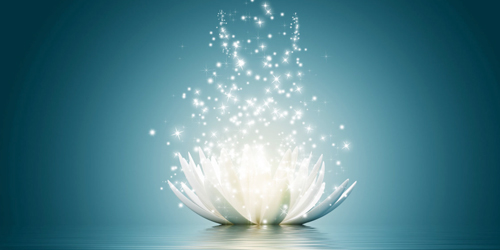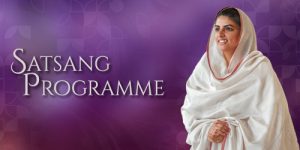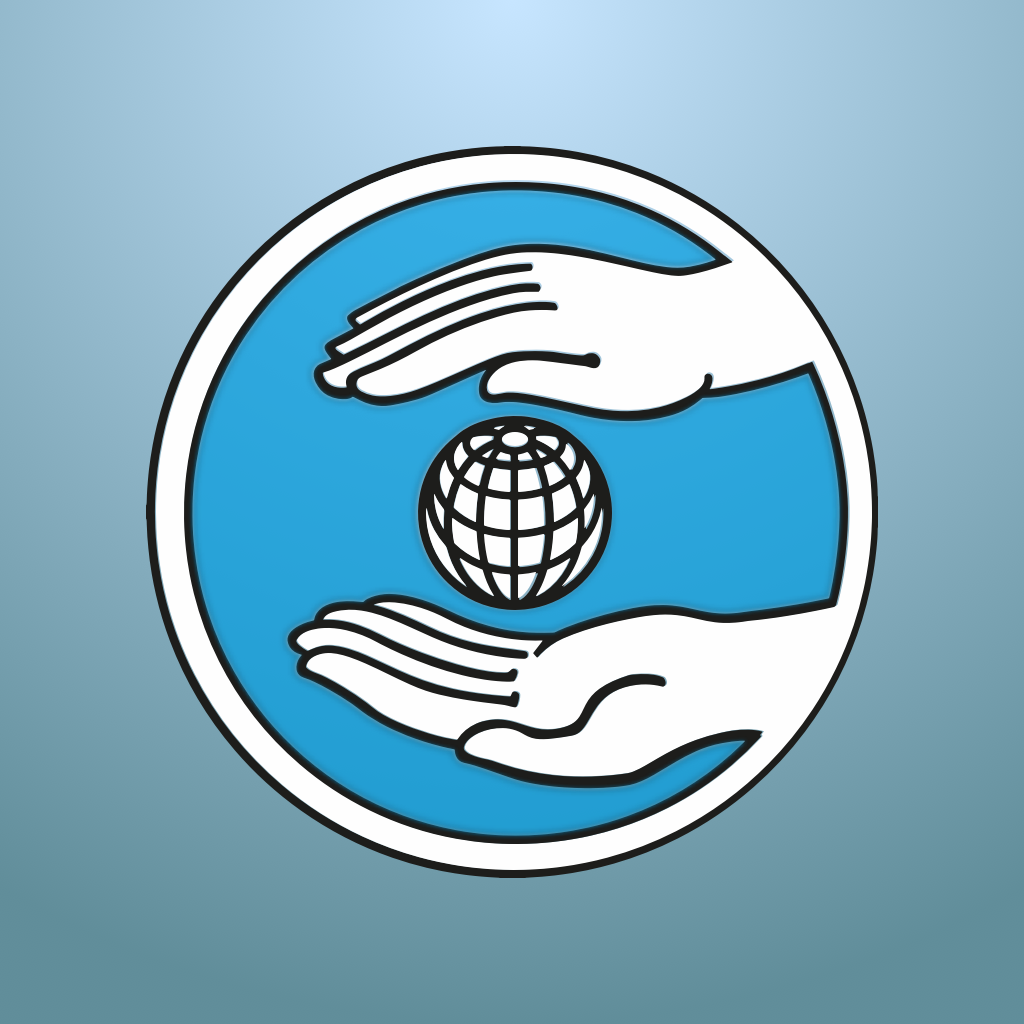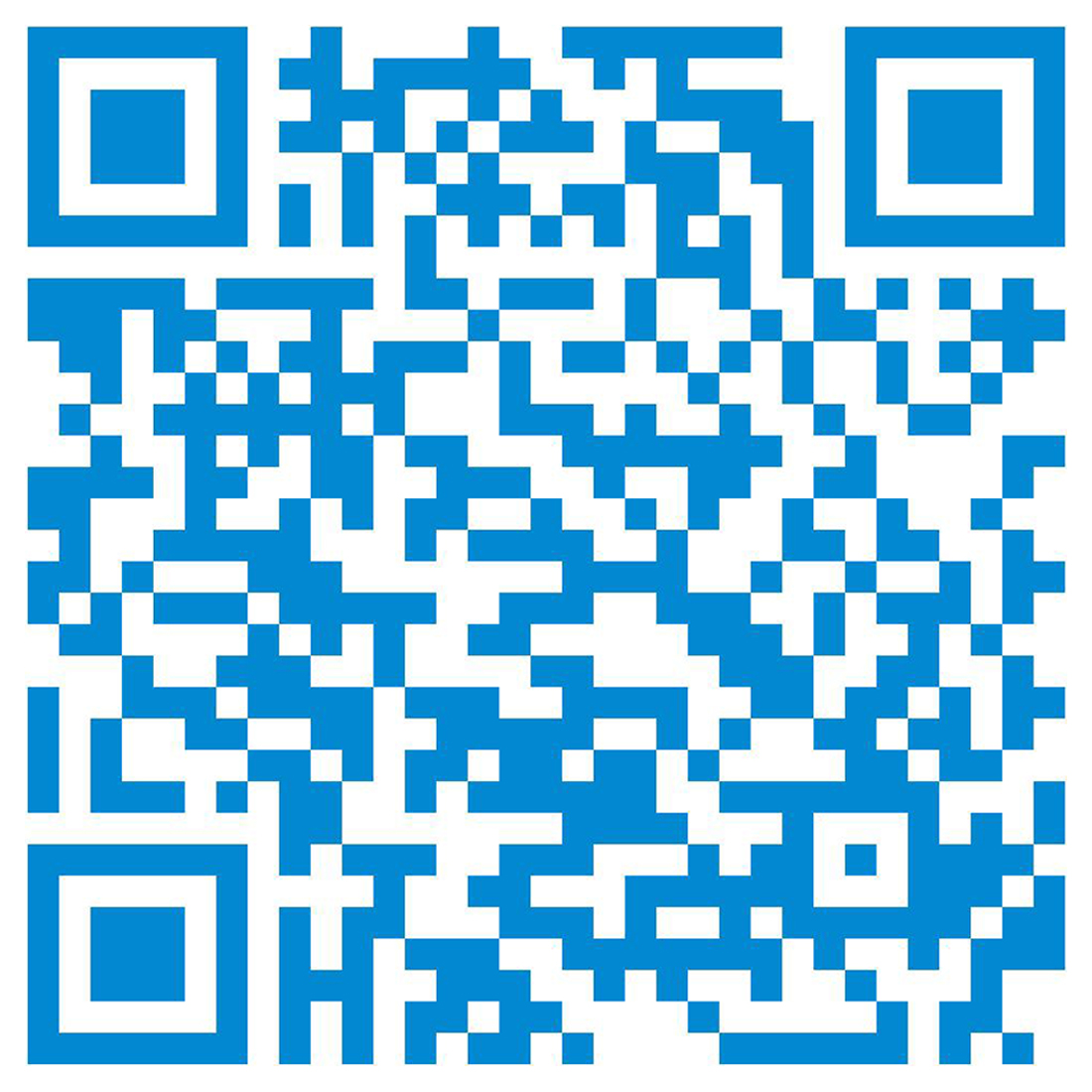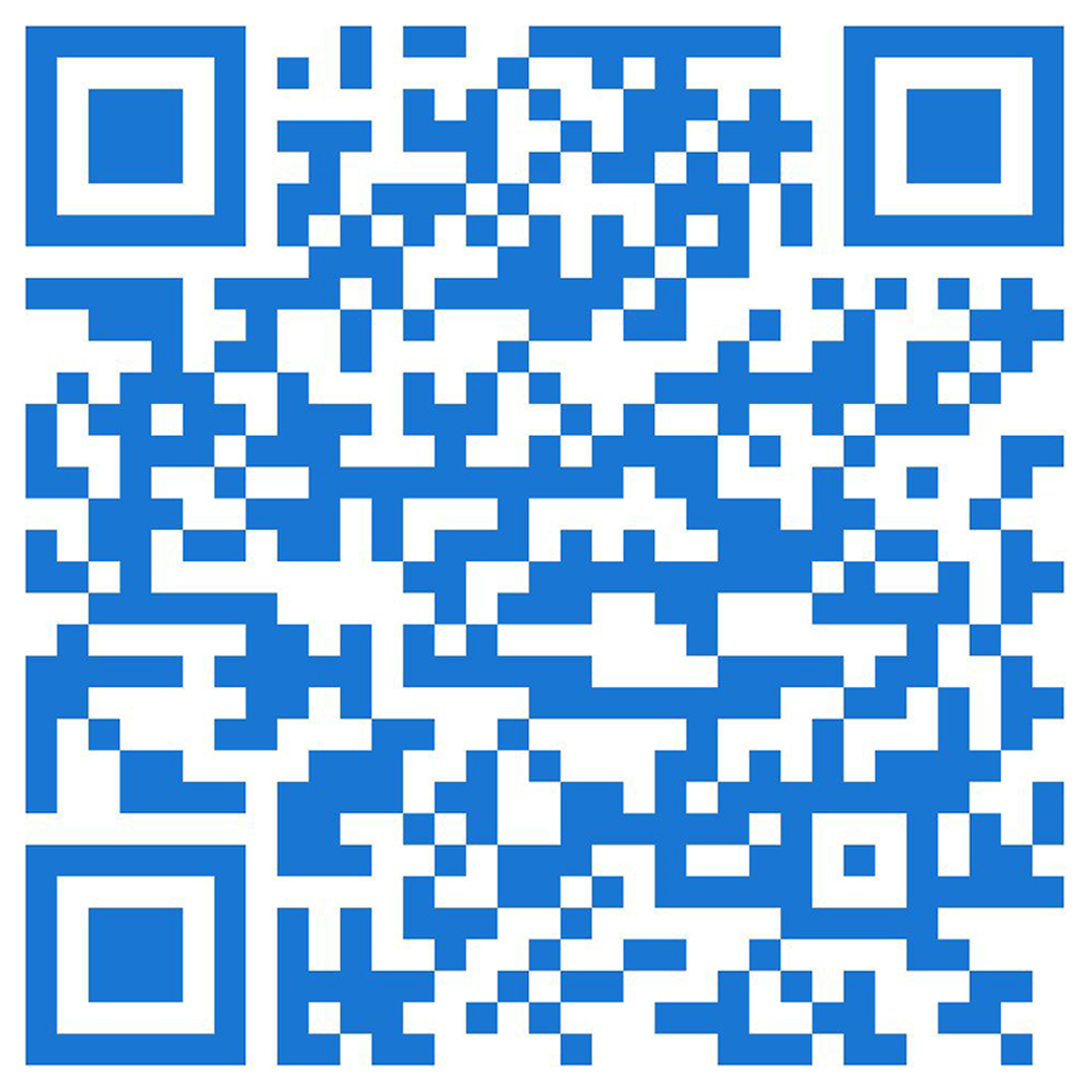Our Perceived Identity
During our lifetime, we attach meaning to many things. While these things may be objects, events or circumstances, the meaning can often evolve into associations with our identity.
I recall my years at school and university. I attached much meaning to my exams (and rightly so). However, this meaning evolved into identity. Rather than my exams being an important event, they became a critical milestone instead. Their outcome determined the label I received, which in turn would determine who I am. If I received a high grade, I would forever be known as a first class student. My future life journey was determined by this one, singular outcome.
This thinking continued when I joined the highly competitive, corporate working world. Instead of exams, there were now performance reviews. Instead of degrees, there were promotions. The principle remained, however, that these titles and badges formed part of my identity. If someone asked me to introduce yourself, my instant reaction would be to respond with I am a management consultant at XYZ working in ABC area. But, is that really who I am?
Asking Yourself Why?
What do my reflections teach me? Well, I can see a pattern of operating in a pre-conditioned society and how those norms had embedded into my subconscious and led me to become confused as to my real self. Essentially, the standard ways of living in this world that have built up in society over hundreds of years had confused me. I believed that these external things – i.e. titles, status, events – were directly linked to my identity. However, this is a highly volatile way of living. As these external things are forever changing, my identity will forever be unstable.
As human beings, we should continuously strive to learn, improve and evolve. Each life experience – good or bad – is embedded with learnings for us to extract and apply within our life. Our journey on earth should therefore be a continuous process of evolution.
However, our identity is the single part of us that remains constant. It is the bit that does not change; it is what stays with us from birth to death. These external things that I was using to derive my identity, cannot, in fact, be my real or lasting self.
So how do I break this thinking? I start by asking myself why? When I become aware of these thinking patterns and question myself, some interesting answers are revealed. For me, I have realised that I had deep insecurities. The external badges or titles gave me a sense of validation, which I happily translated into my identity. When I realised this, I knew that my thinking was wrong. I knew that these things could not be my identity because my gut told me so, even though my logical, conditioned mind tried to counter-argue this.
The Concept of Time
So, the question then arises, once I am aware of what my identity is not, how do I identify what it is? To answer this, let me assess the concept of time. There are x3 phases of time: past, present and future. The past is something that has already happened. The future is a series of events that may or may not happen based on my imagination. The present is what is happening right now. Based on these definitions, the past and future do not exist. They are just old and imagined versions of the present moment. This means that all we have is the present moment i.e. right now. Why is this important? Well because we often associate our identity with either the past (things we previously did / experienced) or the future (things we are yet to do or achieve). However, if the past and future do not exist, then we are left only with the present. This means our identity must exist within the present moment
Where is our True Identity?
So, we now know the following (1) our identity cannot be attached to external circumstances, events or objects as these things are forever changing. Therefore, our identity cannot be the outside. (2) Our identity cannot be based on the past or future as these do not really exist – therefore our identity must lie in the present moment. The final question then arises. If our true identity exists within the present moment and is not on the outside (i.e. external to us), then WHERE is it? The answer is simple – it exists WITHIN (the inside).
What Does ‘Existing Within’ Mean?
Our identity, our truest form, therefore, is the thing that remains constant throughout our lifetime. When I was a child my body, hair and shape was different to that of today. Last week, my emotions and thoughts were different to that of today. This means my body, mind, thoughts and emotions cannot be my truest form, as these things are subject to constant change. As a result, the inside cannot be equated with my thoughts, emotions and sensory perceptions. Instead, the inside refers to my energy – my pure consciousness. This is the same energy and pure consciousness that exists within us all.
Our mind and body act as the house– they are the object. The energy or consciousness within is the occupant – it is the subject. Using this analogy, the simple truth I now remind myself of regularly is not to become the object (i.e. become engrossed in my thoughts, emotions and sensations). Instead, we are to observe these objects without judgement. My true identity is the subject, who is observing the object. I am, infact, the observer. At deeper levels of spiritual experience, even this duality melts away, when the observer and observed, become One*.
– Shivraj Singh, London

